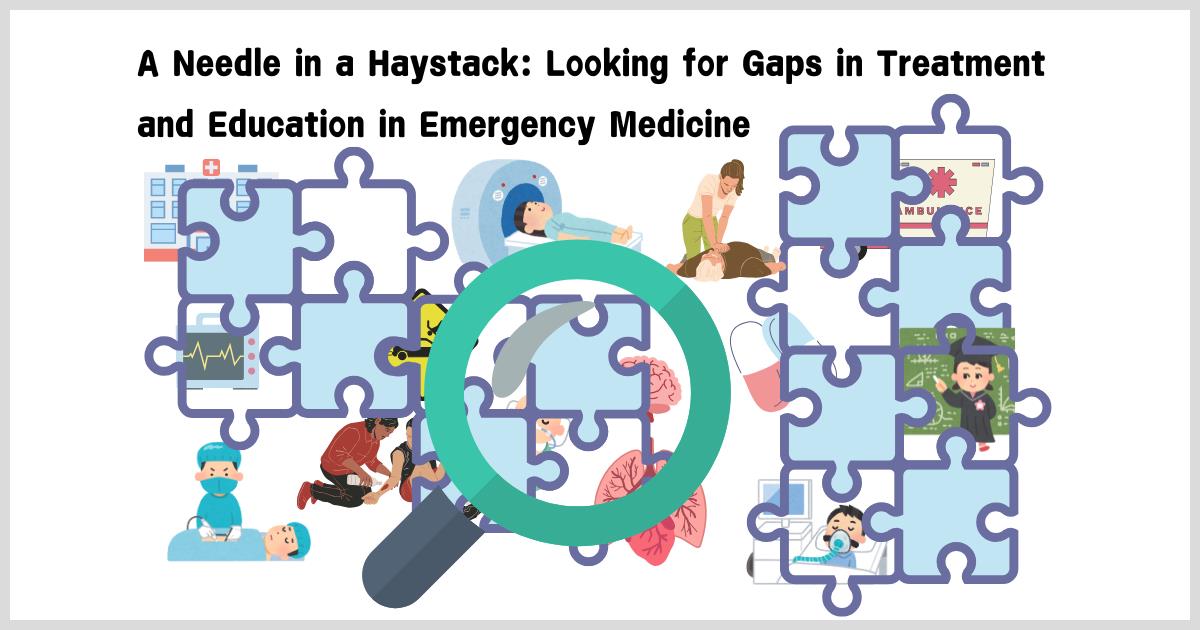A Needle in a Haystack: Looking for Gaps in Treatment and Education in Emergency Medicine
A special issue of Healthcare (ISSN 2227-9032). This special issue belongs to the section "Prehospital Care".
Deadline for manuscript submissions: 31 March 2025 | Viewed by 6082

Special Issue Editors
Interests: resuscitation; sudden cardiac arrest; myocardial infarction; pre-hospital care; emergency department organization; intensive care in emergency medicine; emergency medical teams functioning; emergency medical service organization
Interests: basic and advanced life support; willingness and barriers to resuscitation; innovations in medical training; hemorrhage control, medical simulation, medical education, emergency medicine and first aid training; the role of the human factor in emergencies
Special Issue Information
Dear Colleagues,
Emergency medicine is a very specific specialization created to meet the needs of patients of all ages, in life-threatening emergencies of any etiology. This makes it stand out from other fields of medicine in terms of the clinical diversity of patients. Emergency care, in many cases, is also characterized by limited time to implement critical life-saving interventions. Noteworthy is the fact that rescue activities have a multi-stage nature, starting with first aid provided by bystanders and ending with multi-specialized care in emergency departments. This, of course, requires effective and safe solutions in the field of logistics, transport and organizational solutions.
This specificity of emergency medicine makes conducting clinical research in this area a great challenge. Despite the continuous development of science, technological progress and the possibilities of research tools, many recommendations and standards of conduct are still based on weak evidence or only the agreed opinion of experts. The thematic breadth of emergency medicine also means that many important research issues are not addressed or are poorly understood, which results in gaps in knowledge and practice.
The purpose of this Special Issue is to encourage researchers to think “outside the box” when planning emergency care research and to fill these gaps. At the same time, this Special Issue aims at drawing attention to the need for high-quality research based on strong and purposeful methodology. The results of this research should have the potential to be translated into patient benefit.
In this Special Issue, high quality and novel original research articles and reviews are welcome. Research areas may include (but are not limited to) the following:
- Basic and advanced life support;
- Cardiopulmonary resuscitation;
- Increasing the effectiveness of emergency medical training;
- Pre-hospital care;
- Drug therapies at the pre-hospital stage;
- Pediatric life-threatening emergencies;
- Trauma in traffic accidents;
- Trauma hemorrhage control;
- Emergency medicine in war-torn areas;
- Acute internal medicine;
- Acute cardiac and neurological emergencies;
- Special patients and special circumstances in emergency medicine;
- Logistics and transport in rescue operations;
- Innovations in emergency care;
- Human factor and psychology in life-threatening conditions.
Prof. Dr. Klaudiusz Nadolny
Dr. Filip Krzysztof Jaśkiewicz
Guest Editors
Manuscript Submission Information
Manuscripts should be submitted online at www.mdpi.com by registering and logging in to this website. Once you are registered, click here to go to the submission form. Manuscripts can be submitted until the deadline. All submissions that pass pre-check are peer-reviewed. Accepted papers will be published continuously in the journal (as soon as accepted) and will be listed together on the special issue website. Research articles, review articles as well as short communications are invited. For planned papers, a title and short abstract (about 100 words) can be sent to the Editorial Office for announcement on this website.
Submitted manuscripts should not have been published previously, nor be under consideration for publication elsewhere (except conference proceedings papers). All manuscripts are thoroughly refereed through a single-blind peer-review process. A guide for authors and other relevant information for submission of manuscripts is available on the Instructions for Authors page. Healthcare is an international peer-reviewed open access semimonthly journal published by MDPI.
Please visit the Instructions for Authors page before submitting a manuscript. The Article Processing Charge (APC) for publication in this open access journal is 2700 CHF (Swiss Francs). Submitted papers should be well formatted and use good English. Authors may use MDPI's English editing service prior to publication or during author revisions.
Keywords
- emergency medical services
- pre-hospital care
- pediatric emergencies
- acute medicine
- resuscitation
- innovations
- trauma
- war injuries
- hemorrhage control
- medical simulation
- emergency training
Benefits of Publishing in a Special Issue
- Ease of navigation: Grouping papers by topic helps scholars navigate broad scope journals more efficiently.
- Greater discoverability: Special Issues support the reach and impact of scientific research. Articles in Special Issues are more discoverable and cited more frequently.
- Expansion of research network: Special Issues facilitate connections among authors, fostering scientific collaborations.
- External promotion: Articles in Special Issues are often promoted through the journal's social media, increasing their visibility.
- e-Book format: Special Issues with more than 10 articles can be published as dedicated e-books, ensuring wide and rapid dissemination.
Further information on MDPI's Special Issue polices can be found here.







